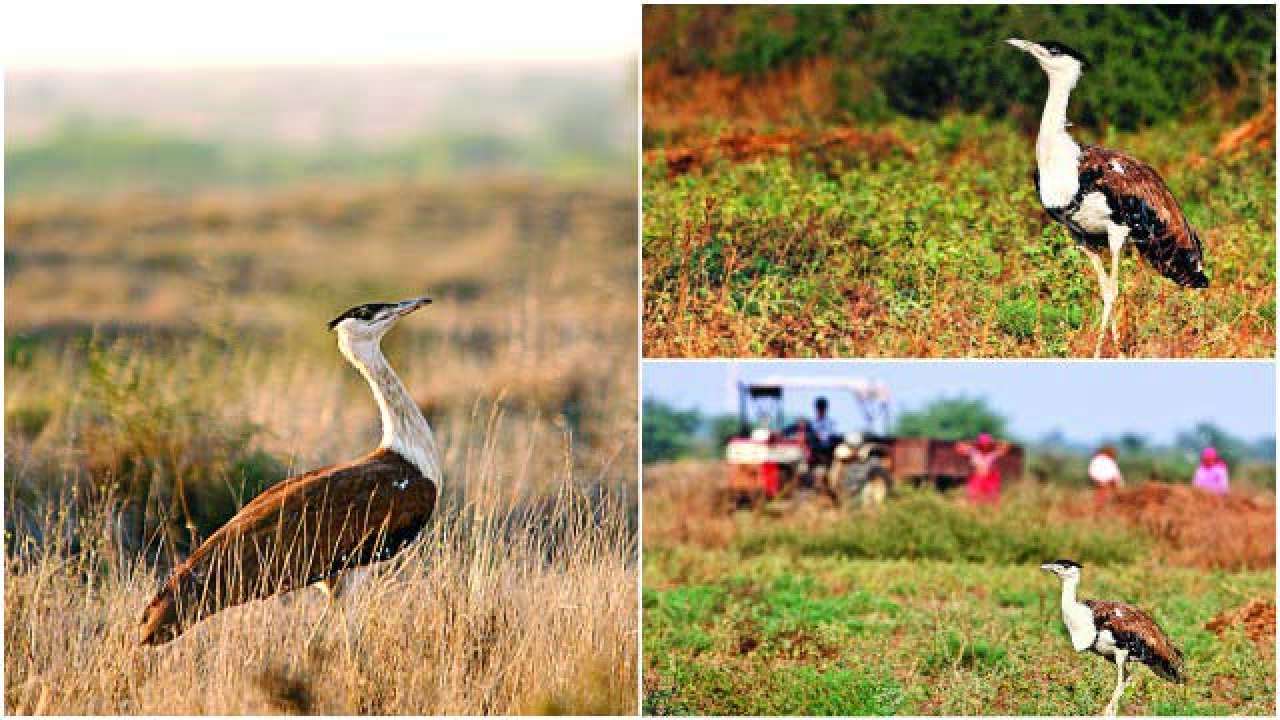

The Provincial Protected Areas allow variable amounts of human disturbance. Provincial Protected Areas include eight distinct designations covered by three different legislative acts: the Provincial Parks Act the Wilderness Areas, Ecological Reserves, Natural Areas and Heritage Rangelands Act (WAERNAHR) and the Willmore Wilderness Park Act.


Protected areas within the Grasslands (1.25 percent as of July 2018) are managed under several pieces of legislation. Of the seven regions, the Grasslands Natural Region is found in the South Saskatchewan Region, for which the South Saskatchewan Regional Plan was completed in 2014. In 2008, the Government of Alberta promised to develop seven Land-use Framework regional plans that outline an approach to managing Alberta’s land and resources. Section 54(1) (d) states that “no person shall cause, permit or suffer the doing of any act on public land that may injuriously affect watershed capacity”. The Public Lands Act governs public lands within the Grasslands Natural Region, particularly as it pertains to watershed protection and the unauthorized usage of public lands. As of 2018, only 1.25% of Alberta’s Grasslands Natural Region is protected under Parks and other legislated protected areas. The majority of the public land in the White Area has been granted as dispositions for various land uses including agriculture, oil and gas extraction and grazing. The Grasslands Natural Region is contained within the White Area (settled portion) of Alberta, containing a mix of private and public lands.

Within the Grasslands Natural Region AWA has identified eight areas of concern and two major watersheds, including:
#Rescue birds level 16 grass grasslands full
AWA’s vision for the grasslands is to conserve the full biodiversity of the grassland natural region and establish large contiguous areas of native grassland that are protected in perpetuity both for their intrinsic value and for the benefit of present and future generations. Today, only 1.25 percent of Alberta’s Grasslands Natural Region is protected under parks and other legislated protected areas. There are four distinct Natural Subregions that make up Alberta’s Grasslands: Dry Mixedgrass, making up the majority of Alberta’s Grasslands Natural Region (48.7 percent) Foothills Fescue on the western boundary (15.5 percent) Northern Fescue to the north (15.9 percent) and Mixedgrass interspersed throughout the Natural Region (19.9 percent). Only Texas and North Dakota retain a larger native prairie land base than Alberta. Although it is facing enormous threats, Alberta’s prairie region contains some of the world’s best and most important remaining grassland, containing over 75 percent of Alberta’s species at risk. The Grasslands are also distinguished by their permanent and temporary wetlands, covering approximately 18 percent of the Natural Region and a major attraction for migratory birds and waterfowl. In Alberta, the Grasslands cover an area of 95,566 km 2 in the south-easternmost corner of the province (14.4% of Alberta), where the warm, arid to semi-arid climate is conducive to growth and success of native prairie species. Send a Letter Regarding Provincial Parks ReorganizationĪlberta’s Grasslands Natural Region falls within the northernmost extent of the North American Grasslands, or Great Plains, which extend from Mexico, through the United States and into the Canadian Prairie Province of Alberta and Saskatchewan.Letter of Concern regarding Alberta’s critically low sage-grouse population.


 0 kommentar(er)
0 kommentar(er)
